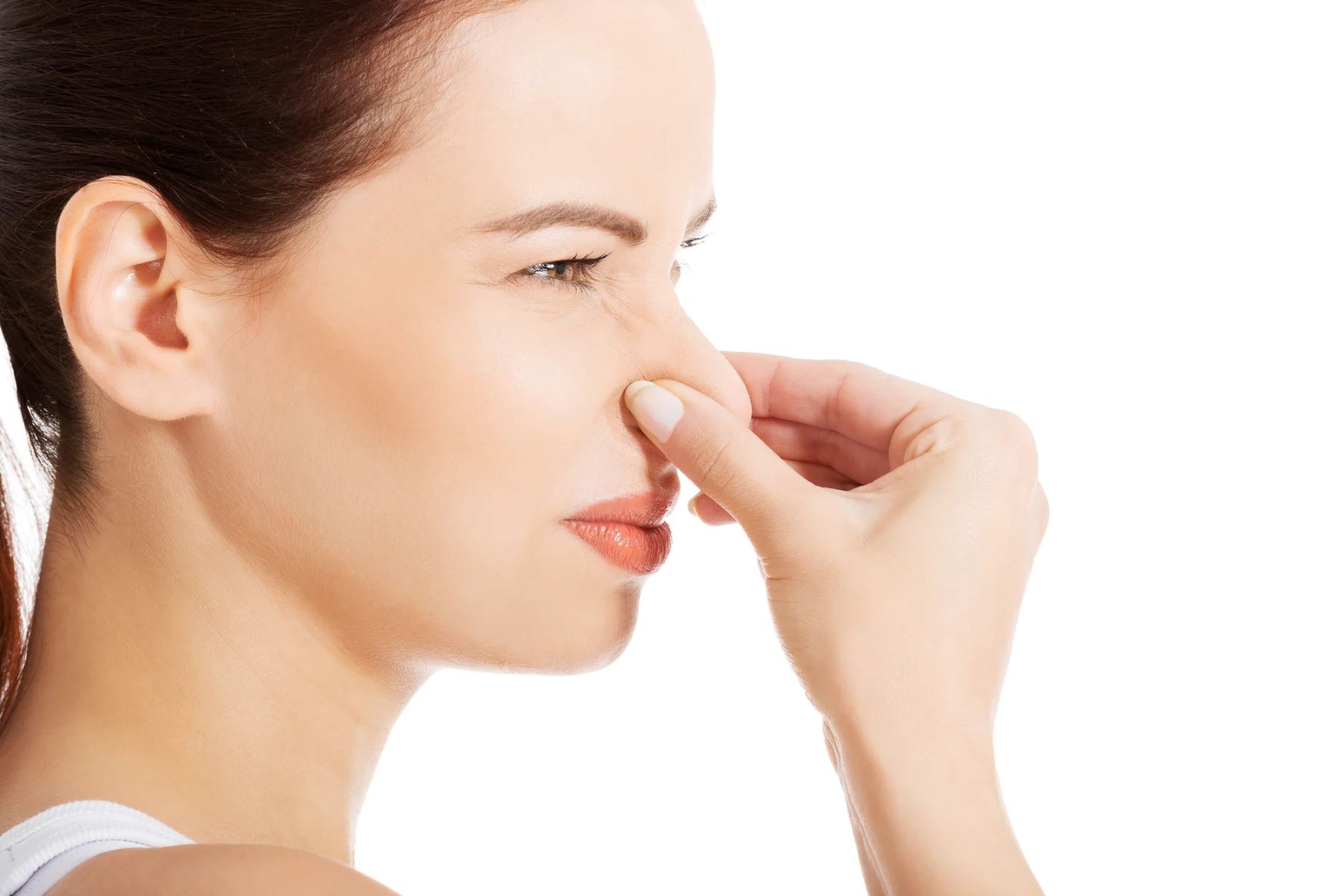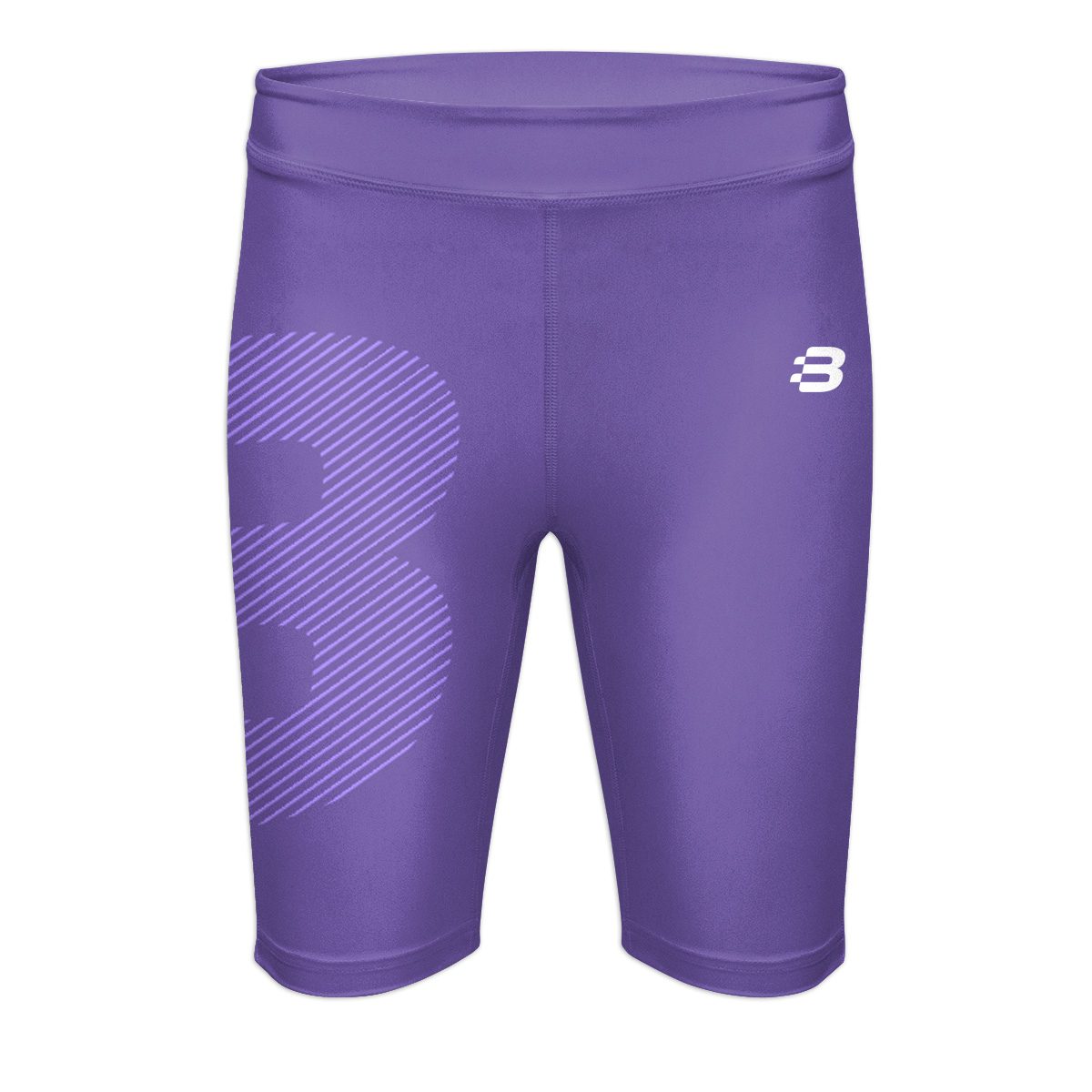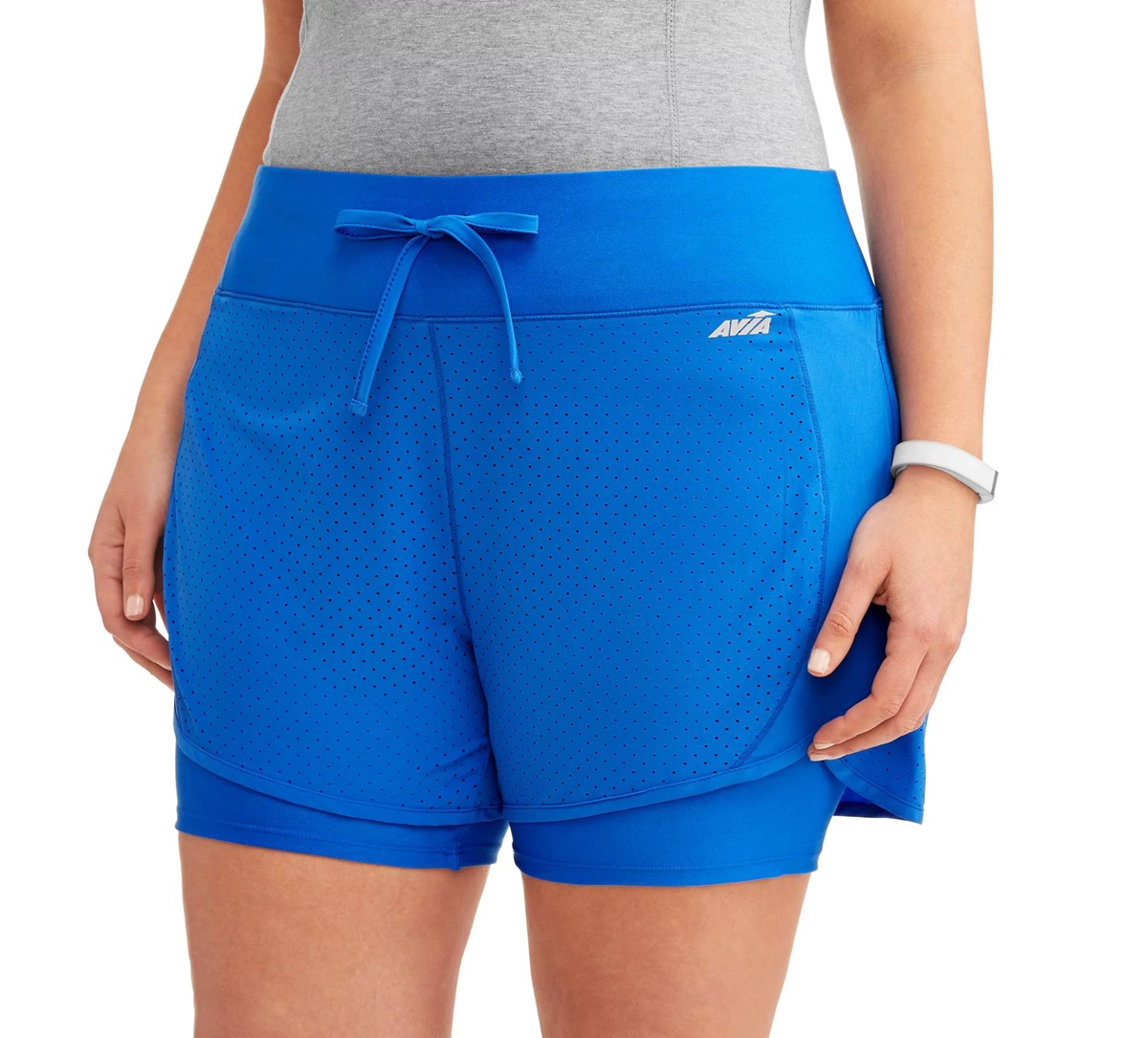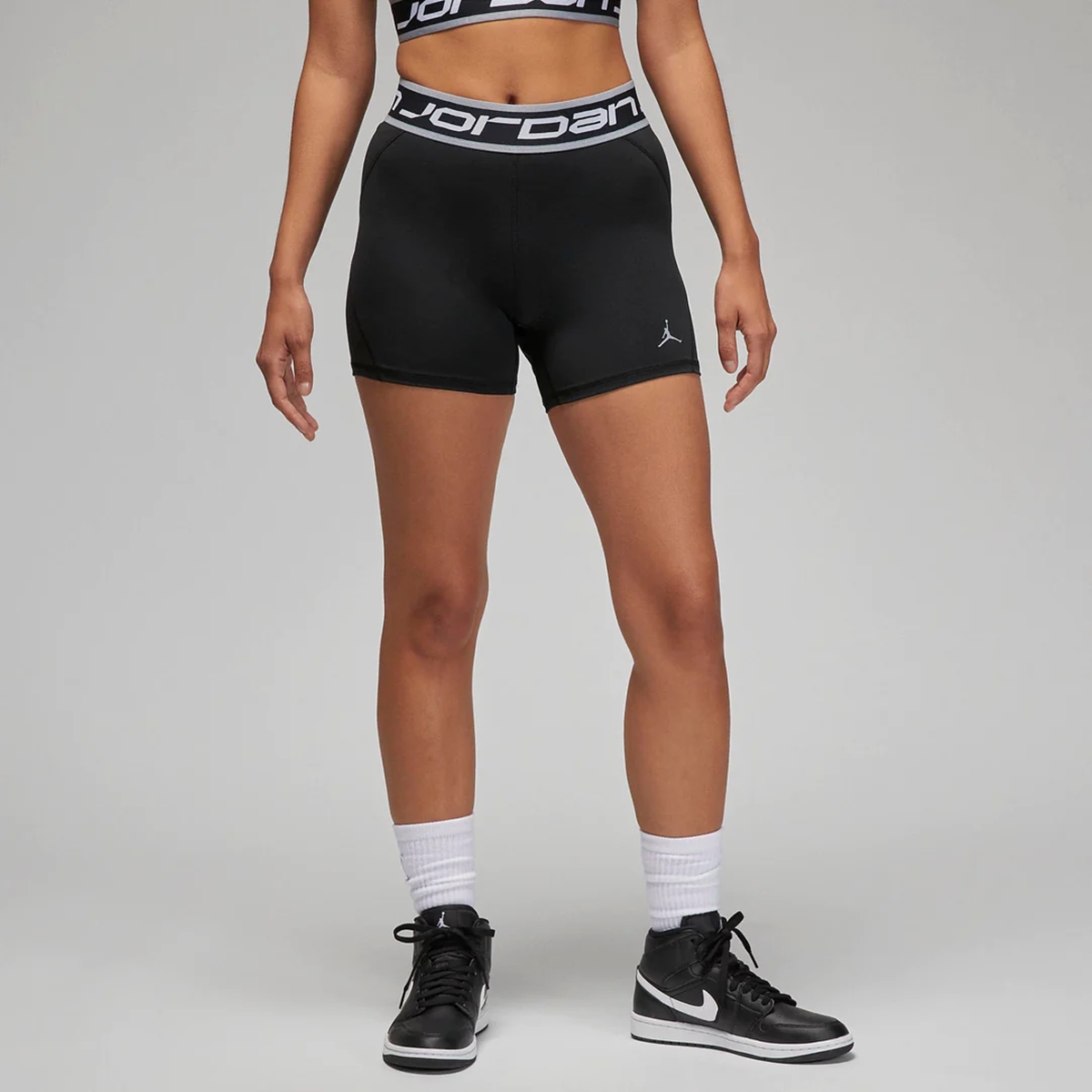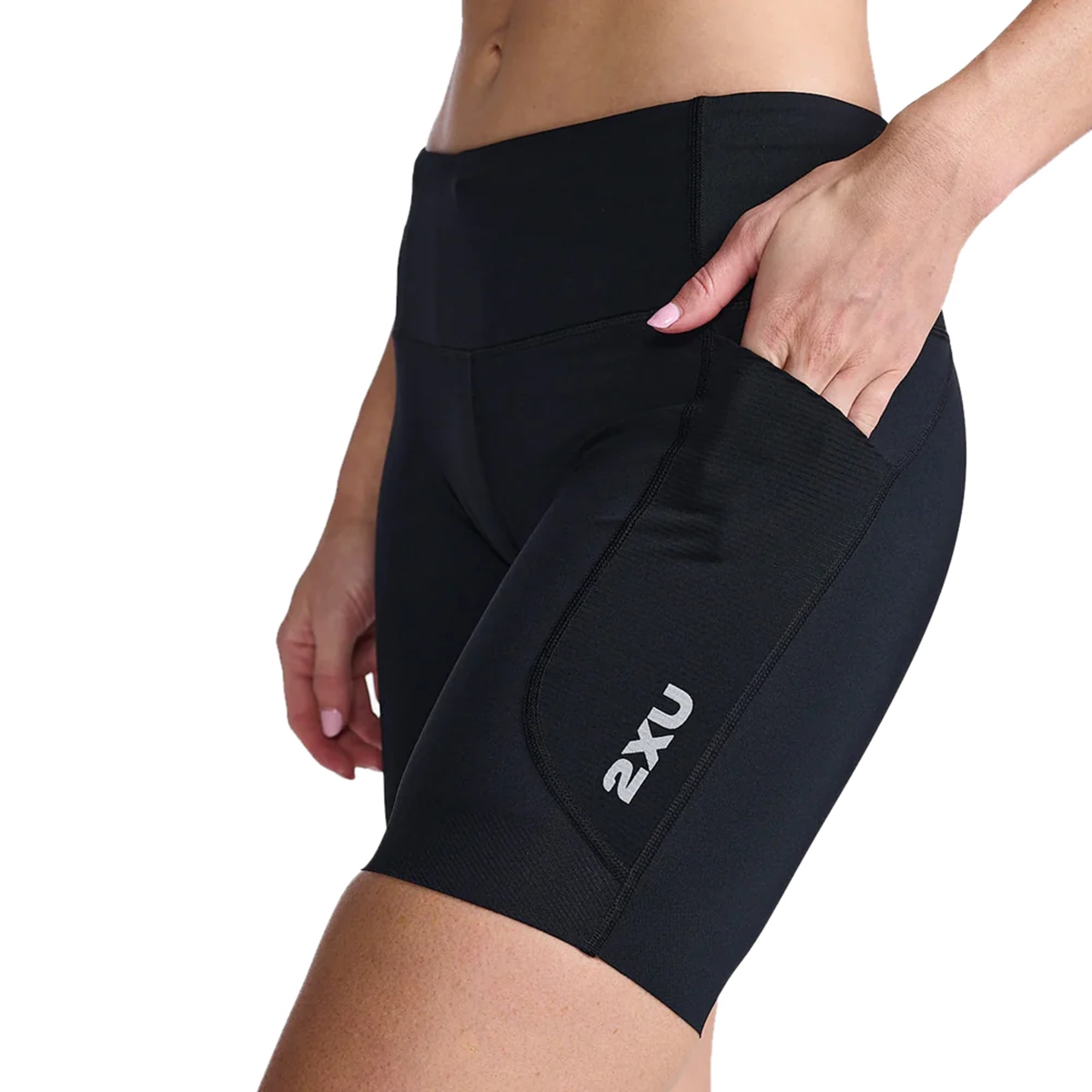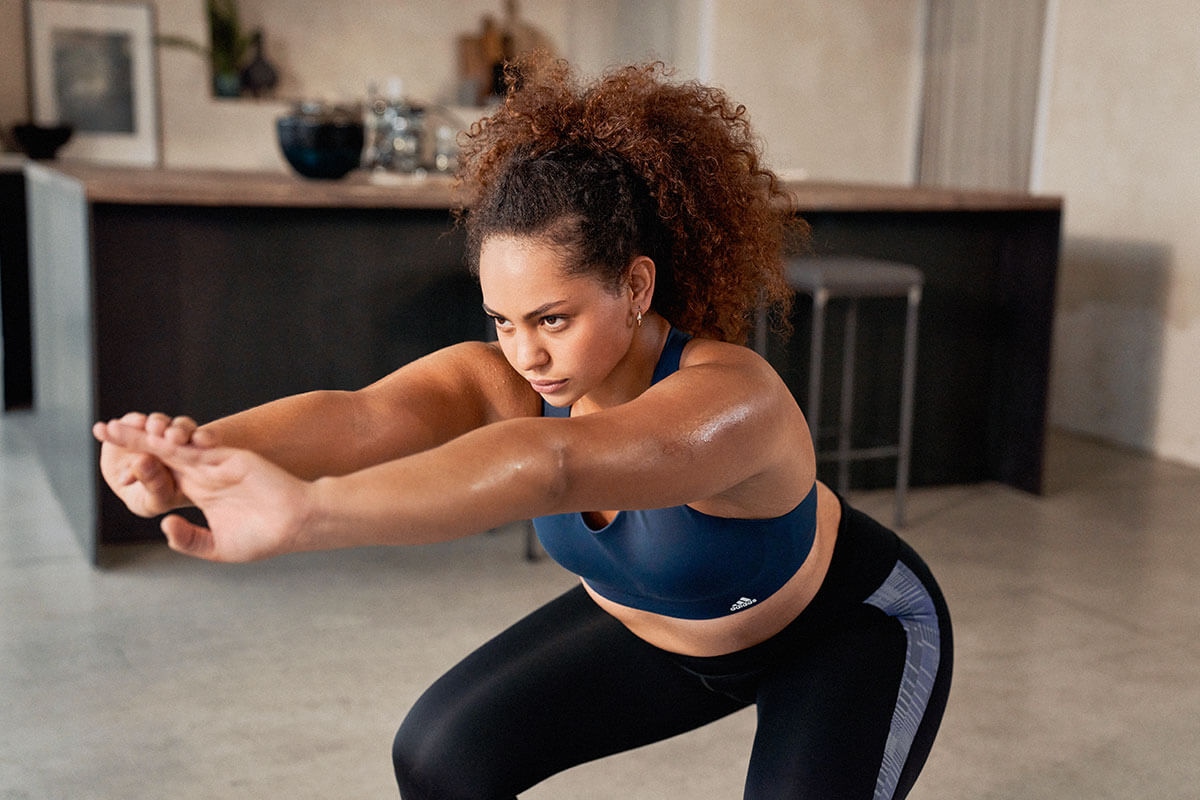

Featured
What Exercise Gets Rid Of Cellulite
Modified: January 2, 2024
Looking for an effective exercise to get rid of cellulite? Check out our featured workout routine that targets cellulite and helps you achieve smoother skin.
Introduction
Welcome to the world of fitness and beauty! Cellulite, a common concern for many men and women, is a condition that affects the appearance of the skin, causing dimpling and uneven textures. If you’re here, it’s likely because you’re looking for effective ways to get rid of that pesky cellulite and achieve smoother, firmer skin.
Cellulite can make anyone feel self-conscious and can be a challenge to address. Despite what many believe, cellulite is not exclusively linked to excess weight or a lack of fitness. It can appear on individuals of all body types, including those who are lean and fit.
In this article, we will explore the world of cellulite, its causes, and more importantly, how exercise can help reduce its appearance. We’ll dive into different types of exercises that target cellulite and provide you with the information you need to create an effective workout routine.
It’s important to note that exercise alone may not completely eliminate cellulite, but it can significantly improve its appearance by toning the muscles and reducing fat deposits that contribute to its visibility.
Before we delve into the exercises, let’s take a closer look at what cellulite is and the factors that contribute to its development.
Understanding Cellulite
Cellulite refers to the dimpled, uneven appearance of the skin, commonly found on the thighs, buttocks, and abdomen. It occurs when fat deposits push through the connective tissue beneath the skin, creating a lumpy texture. This gives the skin a “cottage cheese” or “orange peel” appearance.
Contrary to popular belief, cellulite is not a medical condition or a result of being overweight. It can affect people of all body types and sizes, including those who lead a healthy lifestyle. Factors such as genetics, hormones, and aging play a significant role in the development of cellulite.
The structure of connective tissue, known as fibrous septae, also contributes to cellulite formation. In areas where the fibrous septae are tightly woven and connect the skin to the underlying muscle, fat deposits can create a puckered effect on the skin’s surface.
Women are more prone to cellulite than men due to differences in the distribution of fat, muscle, and connective tissue. Hormonal factors, such as estrogen, can further contribute to the development of cellulite by affecting fat storage patterns and blood flow.
While cellulite is not harmful or a cause for medical concern, it can have a significant impact on a person’s self-esteem and body confidence. Understanding the underlying causes of cellulite can help us implement effective strategies to minimize its appearance.
Now that we have a better understanding of cellulite, let’s explore some of the common factors that contribute to its development.
Causes of Cellulite
Cellulite is a complex condition influenced by various factors. While the exact cause of cellulite is still not fully understood, several factors contribute to its development and appearance.
1. Genetics: Genetic predisposition plays a significant role in determining who is more prone to developing cellulite. If your parents or close relatives have cellulite, you may be more likely to develop it as well.
2. Hormonal Factors: Hormones, particularly estrogen, play a crucial role in cellulite formation. Estrogen can affect blood flow, collagen production, and the distribution of fat, contributing to the appearance of cellulite. Hormonal changes during puberty, pregnancy, and menopause can increase the likelihood of cellulite development.
3. Lifestyle Choices: Certain lifestyle factors can contribute to the development of cellulite. A sedentary lifestyle and lack of physical activity can lead to poor circulation, decreased muscle tone, and increased fat accumulation – all of which can contribute to cellulite formation. Additionally, smoking, high stress levels, and a poor diet that is high in processed foods and saturated fats can also worsen the appearance of cellulite.
4. Body Fat Percentage: While cellulite can affect individuals of all weights and sizes, having a higher percentage of body fat can increase the likelihood of cellulite development. Excess body fat can put additional pressure on connective tissues, causing them to weaken and allowing fat deposits to protrude through the skin.
5. Age and Skin Elasticity: As we age, our skin loses its elasticity, and the production of collagen and elastin decreases. This can make the skin less resistant to the pressure caused by fat deposits, leading to a more pronounced appearance of cellulite.
Understanding these causes can help us tailor our approach to managing cellulite. However, it’s important to note that while we cannot completely eliminate cellulite, we can take steps to reduce its visibility and improve the overall appearance of our skin.
Exercise and Cellulite Reduction
When it comes to reducing the appearance of cellulite, exercise can be a powerful tool. Regular physical activity can help improve muscle tone, promote circulation, and reduce body fat, all of which can contribute to diminishing the visibility of cellulite.
It’s important to note that exercise alone may not completely eliminate cellulite, as it is a multifactorial condition influenced by various factors like genetics and hormones. However, incorporating the right types of exercises into your routine can help improve the overall appearance of your skin and reduce cellulite.
So, what exercises are most effective for cellulite reduction? Let’s explore some of the best options below.
- Cardiovascular Exercises: Cardio exercises, such as running, cycling, swimming, and brisk walking, can improve blood circulation and help burn excess fat. These activities stimulate your heart and lungs, promoting oxygen and nutrient delivery to your muscles and skin, which can contribute to a reduction in cellulite visibility.
- Strength Training Exercises: Incorporating strength training exercises into your routine can help tone and strengthen the underlying muscles, making the skin appear firmer and smoother. Focus on exercises that target the areas most prone to cellulite, such as the thighs, buttocks, and abdomen. Squats, lunges, leg presses, and glute bridges are all effective for toning these areas.
- High-Intensity Interval Training (HIIT): HIIT workouts involve short bursts of intense exercise followed by periods of rest. This type of training can be highly effective for burning calories, improving cardiovascular fitness, and reducing body fat. HIIT workouts can be adapted to target specific areas prone to cellulite, with exercises like jump squats, mountain climbers, and burpees.
Remember, consistency is key when it comes to exercise and cellulite reduction. Aim for at least 150 minutes of moderate-intensity aerobic activity or 75 minutes of vigorous activity each week. Additionally, include strength training exercises two to three times a week to build and tone your muscles.
While exercise is beneficial for reducing cellulite, it is essential to combine it with a balanced diet, staying hydrated, and getting enough rest to maximize its effectiveness. These lifestyle factors, along with exercise, can work together to help you achieve the smooth and firm skin you desire.
Cardiovascular Exercises to Target Cellulite
Cardiovascular exercises are an excellent way to target cellulite and improve overall circulation. These types of exercises elevate your heart rate, increase blood flow, and burn calories, helping to reduce body fat and improve the appearance of cellulite. Here are some effective cardiovascular exercises to include in your routine:
- Running: Running is a high-impact exercise that engages multiple muscles in the lower body, making it an effective choice for targeting cellulite. It burns a significant amount of calories and helps tone the thighs and buttocks. Start with a comfortable pace and gradually increase intensity as you build endurance.
- Cycling: Both indoor and outdoor cycling provide a low-impact cardio workout that targets the legs, especially the thighs and calves. Adjust the resistance and speed to challenge yourself and make the most of your cycling sessions. Try incorporating interval training by alternating between high-intensity sprints and steady-paced cycling.
- Swimming: Swimming is a fantastic whole-body workout that engages all major muscle groups, including the arms, legs, and core. The water’s buoyancy reduces stress on the joints while providing resistance for muscle strengthening. Swimming laps or participating in water aerobics can help improve circulation and target cellulite on various areas of the body.
- Brisk Walking: Walking is a low-impact exercise that is accessible to almost anyone, making it an ideal choice for beginners or individuals with joint issues. To elevate the intensity and target cellulite, focus on maintaining a brisk pace and incorporating hills or inclines into your walking route. This will challenge your muscles and increase calorie burn.
- Jumping Rope: Jumping rope is a simple yet effective cardio exercise that can be done almost anywhere. It engages the entire body and elevates the heart rate, making it a great option for burning calories and targeting cellulite. Start with shorter intervals and gradually increase the duration as your stamina improves.
Remember to choose cardiovascular exercises that you enjoy and that align with your fitness level. Consistency is key, so aim for at least 150 minutes of moderate-intensity cardiovascular exercise each week. Additionally, don’t forget to warm up before each workout and cool down afterward to prevent injuries and promote recovery.
Pairing cardiovascular exercises with strength training and a balanced diet will help you achieve optimal results in reducing cellulite and improving overall body composition. Let’s move on to explore the benefits of strength training exercises in targeting cellulite.
Strength Training Exercises to Target Cellulite
Strength training exercises are crucial for targeting cellulite and toning the underlying muscles. By building muscle, you can improve the overall appearance of your skin and reduce the visibility of cellulite. Here are some effective strength training exercises to incorporate into your routine:
- Squats: Squats are a compound exercise that targets the thighs, buttocks, and core muscles. Stand with your feet shoulder-width apart, lower your body as if sitting back into a chair, and then rise back up. To add intensity, hold dumbbells or incorporate jump squats into your routine.
- Lunges: Lunges are another excellent exercise for targeting cellulite. Step forward with one leg and lower your body until both knees are at a 90-degree angle, then push back up and repeat with the other leg. You can perform stationary lunges or walking lunges for added challenge.
- Leg Press: The leg press machine is a great way to target the muscles of the lower body, including the thighs, hamstrings, and glutes. Adjust the weight and seat position according to your comfort level, and press the platform away from your body using your heels.
- Glute Bridges: Glute bridges activate the buttock muscles and can help tone and lift the glutes. Lie on your back with your knees bent and feet flat on the floor. Raise your hips up, squeezing your glutes as you lift, then lower back down. For an added challenge, place a resistance band around your thighs.
- Deadlifts: Deadlifts engage several major muscle groups, including the hamstrings, glutes, and back. Stand with your feet hip-width apart, holding a barbell or dumbbells in front of your thighs. Hinge at your hips and lower the weight down while keeping your back straight, then rise back up to the starting position.
It’s essential to maintain proper form and technique while performing strength training exercises to avoid injury. Start with lighter weights and gradually increase the resistance as your strength improves. Aim for 2-3 sets of 8-12 repetitions for each exercise, allowing for proper rest between sets.
In addition to these exercises, consider adding variations such as step-ups, side lunges, and hip thrusts to target different muscle groups and enhance your overall workout routine. Remember to listen to your body and modify exercises as needed to accommodate your fitness level and any physical limitations.
Next, we’ll explore how high-intensity interval training (HIIT) can be an effective approach for reducing cellulite and improving overall fitness.
High-Intensity Interval Training (HIIT) for Cellulite Reduction
High-Intensity Interval Training (HIIT) has gained popularity as an effective method for cellulite reduction and overall fat loss. HIIT involves alternating between intense bursts of exercise and short periods of rest or lower-intensity activity. This style of training increases heart rate, burns calories, and enhances metabolism, making it a powerful tool for targeting cellulite. Here’s how HIIT can help you reduce cellulite:
1. Increased Calorie Burn: HIIT workouts are known for their high energy expenditure. The intense bursts of activity during HIIT sessions elevate your heart rate and keep it elevated even during the rest periods. This results in increased calorie burn and fat loss, which can contribute to reducing cellulite.
2. Improved Cardiovascular Endurance: HIIT training improves cardiovascular fitness by challenging your body to work at high intensities. Over time, this can enhance your endurance and aerobic capacity, allowing you to work out at higher intensities for longer durations. Increased cardiovascular endurance aids in overall fat loss and cellulite reduction.
3. Muscle Toning: HIIT workouts often involve movements that target multiple muscle groups simultaneously. This can lead to increased muscle activation and growth, helping to tone and define your muscles in areas prone to cellulite, such as the thighs, hips, and glutes.
4. Increased Metabolic Rate: HIIT workouts cause a phenomenon known as excess post-exercise oxygen consumption (EPOC). After a HIIT session, your body continues to burn calories at an elevated rate for hours, even when you’re at rest. This sustained metabolic boost can contribute to long-term fat loss and reducing the appearance of cellulite.
5. Time-Efficient Workouts: One of the significant advantages of HIIT is how time-efficient it is. HIIT sessions typically last for 20-30 minutes, making it a practical option for individuals with busy schedules. Short but intense workouts can still yield significant results when it comes to reducing cellulite.
When incorporating HIIT into your routine, choose exercises that target the lower body, such as squat jumps, burpees, mountain climbers, and high knees. Perform each exercise at maximum intensity for a specific time (e.g., 30 seconds) and then rest for a shorter period (e.g., 10-15 seconds) before moving on to the next exercise.
Remember to warm up before starting a HIIT session and allow for proper recovery and rest days between workouts. Start with a frequency of 2-3 sessions per week and gradually increase as your fitness level improves.
Now that you understand the benefits of HIIT, let’s summarize the most effective exercises for targeting cellulite and achieving smoother, firmer skin.
Bottom Line: Effective Exercise for Cellulite Reduction
Reducing the appearance of cellulite requires a comprehensive approach that includes a combination of different exercises targeting different aspects of the condition. While exercise alone may not completely eliminate cellulite, it can play a significant role in toning muscles, reducing body fat, and improving circulation, ultimately improving the appearance of cellulite. Here are the key takeaways when it comes to effective exercises for cellulite reduction:
- Cardiovascular Exercises: Incorporate activities like running, cycling, swimming, brisk walking, and jumping rope to promote blood circulation, burn calories, and reduce overall body fat.
- Strength Training Exercises: Focus on exercises that target the areas most prone to cellulite, such as squats, lunges, leg presses, glute bridges, and deadlifts. Strength training helps build and tone muscles, leading to smoother and firmer skin.
- High-Intensity Interval Training (HIIT): HIIT workouts maximize calorie burn, improve cardiovascular fitness, and target cellulite. Incorporate intense bursts of exercise followed by short periods of rest to elevate heart rate and stimulate fat loss.
Consistency is key when it comes to exercise for cellulite reduction. Aim for regular workouts, at least 150 minutes of moderate-intensity aerobic activity or 75 minutes of vigorous activity per week, and include strength training exercises 2-3 times per week. Gradually increase the intensity and duration of your workouts as you progress.
It’s important to remember that exercise is just one part of the equation. Pairing exercise with a balanced diet, proper hydration, and sufficient rest is essential for achieving optimal results in reducing cellulite. By adopting a holistic approach and making healthy lifestyle choices, you can improve your body composition and boost your self-confidence.
Now that you’re armed with the knowledge and understanding of effective exercises, it’s time to take action. Embrace a regular exercise routine, stay consistent, and be patient. With time and dedication, you can reduce the visibility of cellulite and achieve a smoother, more toned physique.
